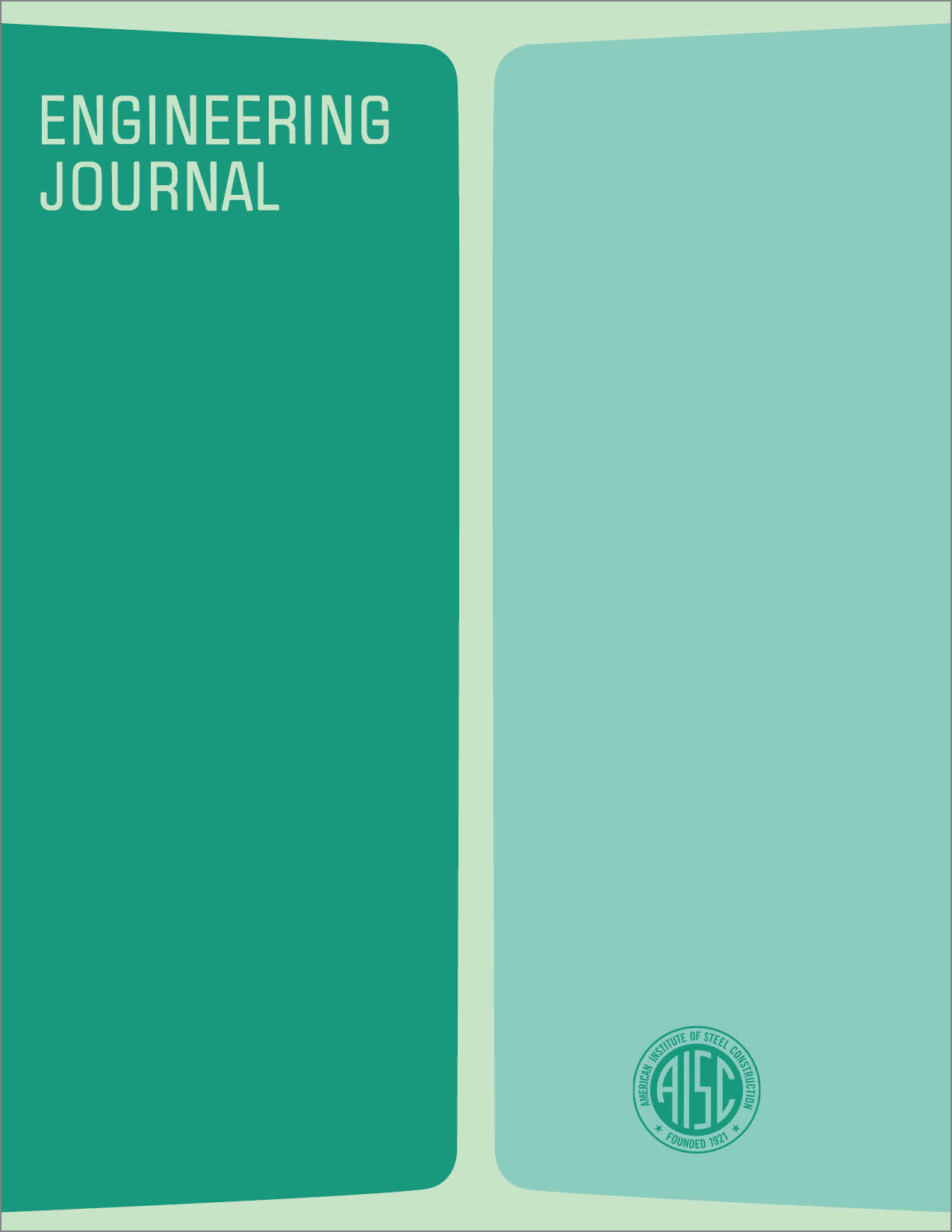Some Aspects of Stub-Girder Design (T.R. Higgins Award)
DOI:
https://doi.org/10.62913/engj.v17i3.1265Abstract
Much research effort has been devoted to studies of the strength and behavior of the many types of structural members and connections that are commonly used in steelframed buildings. The investigations have primarily focused on how to make the best use of the available materials, assuming that the end product would be safe, serviceable, and—as much as possible—economical structures. To that end significant advances have been made throughout the years, providing for an ever-improving quality of the work of the structural engineer. From his viewpoint, therefore, the attention of the researchers has been properly directed, because their studies have enabled him to perform his tasks better. It is readily recognized, however, that the structural aspects of most building projects form but part of the total construction package. The completed structure must provide adequate service to its users in all respects, covering structural performance as well as all of the electrical, mechanical and environmental requirements that must be satisfied. This is probably best achieved by a systems analysis of the project design, which requires extensive cooperation between all of the parties that are involved in the work. Thus, not only must the architect, the structural engineer and the general contractor work together as early as possible, but it is increasingly important that the other groups in the design team participate fully in all of the decision making processes. For a building this primarily refers to the mechanical and the electrical engineers, because many of the services that are planned by these professionals may influence the way the structure is designed and constructed.

